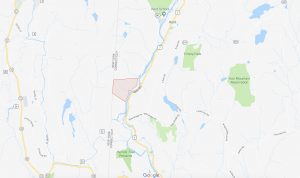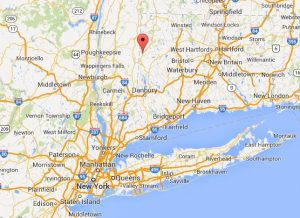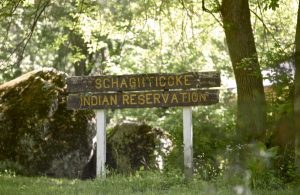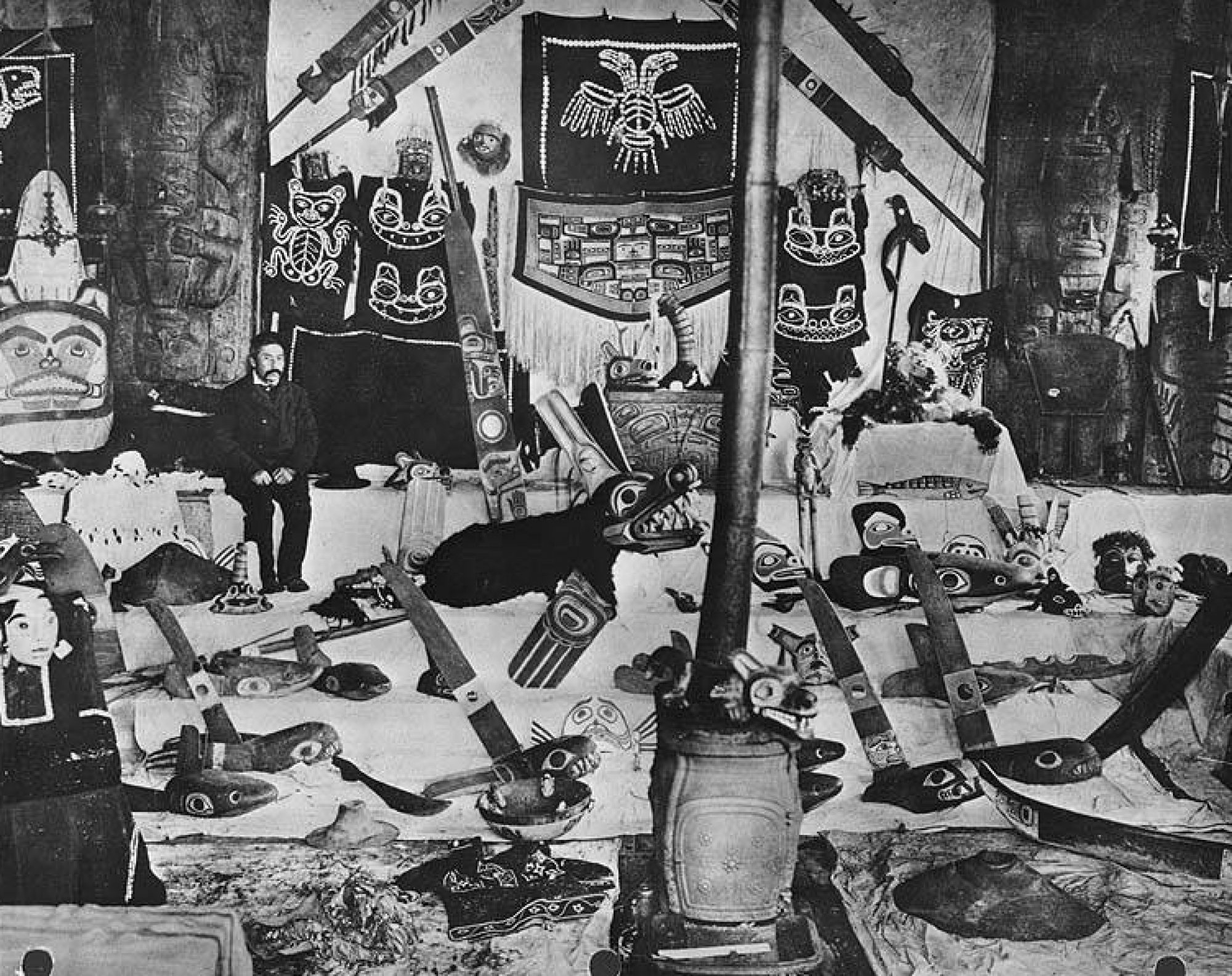Biographical Timeline | Leadership Qualities | Schaghticoke Nation Lawsuit | References
In October of 2016 the Schaghticoke Tribal Nation filed a lawsuit against the State of Connecticut claiming the state unlawfully seized the nation’s land and has profited from since 1801 without properly compensating the tribe. The suit is seeking compensation from the state to the tune of $610 million and announcing the tribe’s intention to seek restoration of its federal recognition that was granted in 2004 then revoked the following year.

In 1736, the Colony of Connecticut established 2,400 acres of land in its northwest corner along the border with New York as a reservation for the Schaghticoke people. The state is required to act in the best interest of the Schagticoke people in managing the tribe’s land (which is held in trust by the state for the tribe) and funds as per statutes dating as far back as 1757. Between 1801 and 1918, the state sold or in other ways profited from portions of the reservation promising to compensate the tribe, and today, only 400 acres remain in the hands of the Schaghticoke Tribal Nation. Both the constitution of the United States and of the State of Connecticut mandate proper compensation for any and all land seized by the government, but to this day no compensation has been given to the Schaghticoke people for the 2,000 acres stolen from them. The State of Connecticut is likewise required by Connecticut law to render an annual accounting of the funds of the Schaghticoke Tribal Nation and any profit made from their lands–a mandate that has been similarly ignored.

Were Chief Leschi still alive today, he would certainly not stand for Native lands being stolen and not properly paid for. It is likely that he would even go a step further and demand the return of the land itself and not just compensation. This is a motion the Schaghticoke Tribal Nation has attempted to no avail. In 2010, the Schaghticoke Tribal Nation filed a land claims action for the return of 2,100 acres of the stolen land–the majority of which remains undeveloped and sparsely populated. This suit, however, was dismissed by the Second United States District Court in light of the Bureau of Indian Affairs’ reasoning for revoking the tribe’s federal recognition in 2005–a move resulting from a massive lobbying campaign by members of the government of Connecticut that began when the tribe was granted federal recognition in 2004. The Schaghticoke Tribal Nation appealed the ruling to the Second Circuit Court of Appeals which upheld the District Court’s ruling whereupon the tribe appealed their case to the United States Supreme Court which denied to review the decision.
This assessment of Leschi’s view is based on his actions with regards to the Medicine Creek Treaty and his stand that the Nisquallies be granted proper land–not merely the leftover scraps proposed in the treaty. The negotiation process and treaty terms were rife with grievances against the Native representatives. Washington Territorial Governor and Superintendent of Indian Affairs, Isaac Steven expressly instructed the interpreters to only communicate in the crude trade language of Chinook Jargon (a language with only five hundred words and unsuited for negotiating the complex language of treaties) and not the full language in which the representatives were fluent, Lushootseed. Stevens arrived at the negotiating table with a pre-drawn treaty and, by most accounts, strong-armed the Native representatives into signing instead of listening to their perspective and negotiating terms that fit their needs. Yet, Leschi, a man with a reputation for level-headedness and a renowned moderator, was willing to look past these and plenty other grievances, but he would not waver on securing a proper land deal for his people.

The 1854 treaty granted the Nisquallies a reservation of 1,280 acres made of the least desirable land that could be found along the Puget Sound. It was made of densely forested rocky hillsides and marshy shoreline unsuitable for farming with no access to the rich prairie land or Nisqually River from which Nisquallies drew most of their food and wealth–not to mention their name which literally translates to “people of the grass country.” Accepting these terms would have meant relegating his tribe to dependence on outside forces as the vast majority of the land that enabled Nisquallies’ self-sufficiency and livelihoods was being stripped away. Such an arrangement was so unacceptable for Leschi that there are several accounts claiming he stormed out of the negotiations without signing the treaty and that his signature was forged. The subsequent war that erupted the following year in 1855 between United States forces and several tribes around the South Puget Sound area under Leschi’s leadership forced Governor Stevens back to the negotiating table. New reservation lines were drawn giving both the Puyallup and the Nisqually greatly expanded borders on much more productive and desirable land–one of the very few instances in United States history whereupon a war with Native Americans resulted in better treaty terms for the Native Americans.
Considering his determination to prevent his people from essentially getting ripped off and to defend their ability to function as a sovereign nation, and the fact that, of everything in the negotiation process and treaty terms that could cause grievance, it was the land issue that drew the greatest opposition and resistance from Leschi, were he alive today he would in no way stand by and permit the State of Connecticut to break their own laws in order to unjustly (and unlawfully) steal land from the Schaghticoke Tribal Nation.

